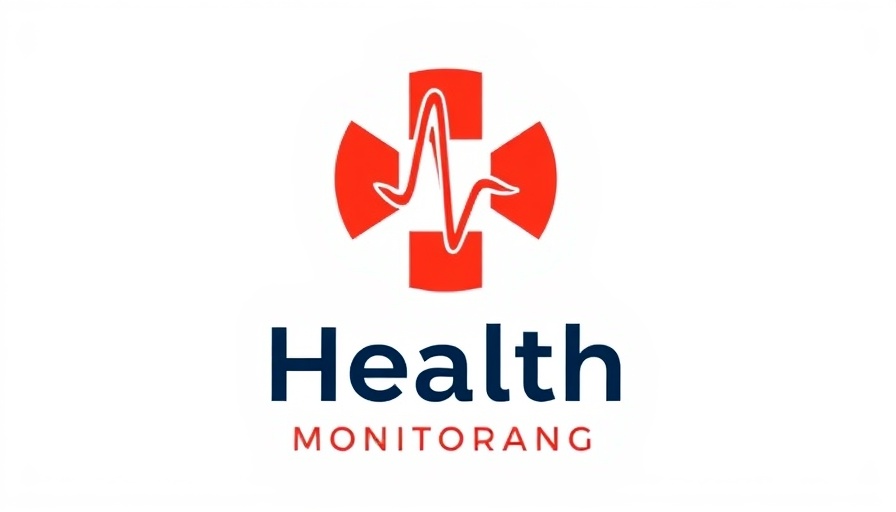
A Disturbing Trend: Understanding Prediabetes in Teens
Recent findings from the CDC have brought to light a significant health issue: nearly 1 in 3 teenagers now have prediabetes. This alarming statistic is a wake-up call for parents, educators, and the community. Prediabetes, a condition where blood glucose levels are higher than normal but not yet high enough for a diabetes diagnosis, sets the stage for serious health complications if not addressed. Understanding the implications of this data and the factors contributing to the rise can help in formulating effective strategies for prevention.
What Causes Prediabetes Among Teens?
Several factors contribute to the surge of prediabetes among adolescents. Sedentary lifestyles, combined with high-calorie diets filled with processed foods, are major contributors. With increased screen time for both entertainment and education, many teens are less active than ever, missing out on essential physical activity. According to health experts, regular exercise and balanced nutrition can significantly reduce the risk of developing prediabetes.
Real-Life Impact: Stories from Teens
The statistics become more concerning when you hear personal stories. Many teenagers are unaware of their condition until health screenings reveal elevated blood sugar levels. One teen, Emma, shared, "I never thought it would happen to me. I was just living my life, and suddenly I was told I need to change everything." Emma's story isn't unique; numerous other teens face similar realities, highlighting the importance of awareness and prevention.
Why Awareness is Key: Tackling Misconceptions
A common misconception is that diabetes is solely a concern for adults. Prediabetes can start at a young age, and the risks escalate if not addressed early. Health professionals stress the importance of education in schools to ensure students understand not only the science behind prediabetes but also the lifestyle choices that can affect their health.
Strategies for Prevention: Empowering Teens
Taking proactive steps can reverse the trend. Nutrition education in schools is crucial; integrating cooking classes and healthy eating workshops can engage teens and show them how to prepare nutritious meals. Moreover, community sports programs can encourage physical activity, helping to instill healthy habits that last a lifetime. Parents can also play an important role by modeling healthy eating and active lifestyles.
The Role of Healthcare Providers
Healthcare providers must also be part of the solution. Regular screenings can help catch prediabetes early, allowing for interventions that can transform a teen's health trajectory. Additionally, providers should engage in open conversations with young patients about lifestyle choices, aiming to provide a supportive environment for discussing health concerns.
Final Thoughts: A Call to Action for Our Youth
As we face this rising epidemic of prediabetes in teens, it’s imperative that community, parents, and schools unite to combat this issue. Education and awareness will arm the next generation with the knowledge they need to make healthier lifestyle choices. We need to prioritize our children's health now more than ever. Let’s work together to create a future where our youth are healthier and more informed about their well-being.
 Add Row
Add Row  Add
Add 




 Add Row
Add Row  Add
Add 








Write A Comment